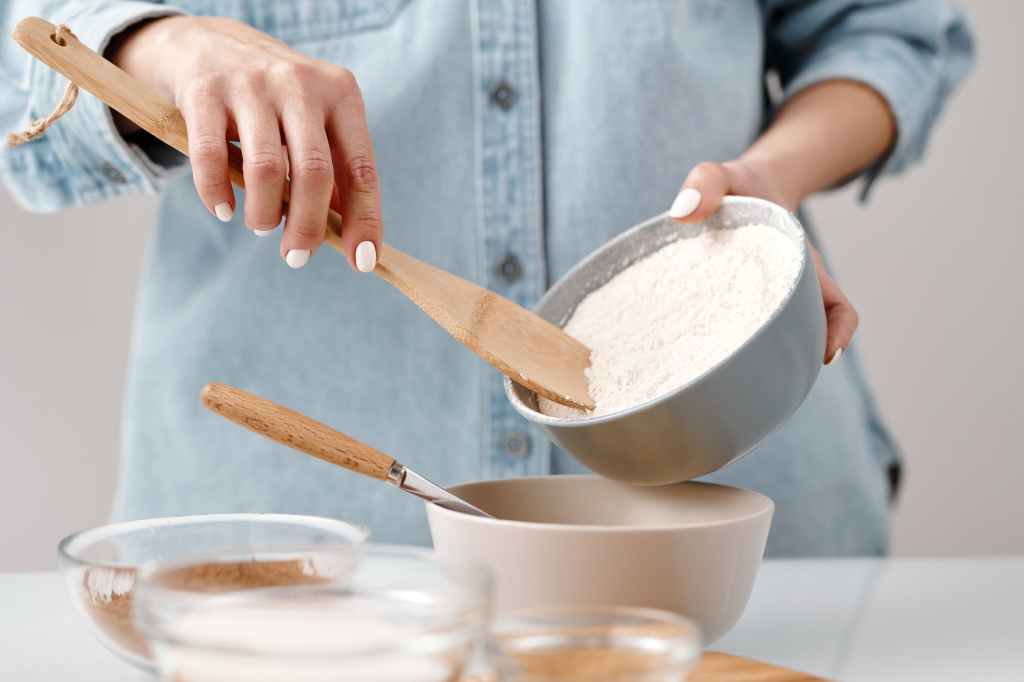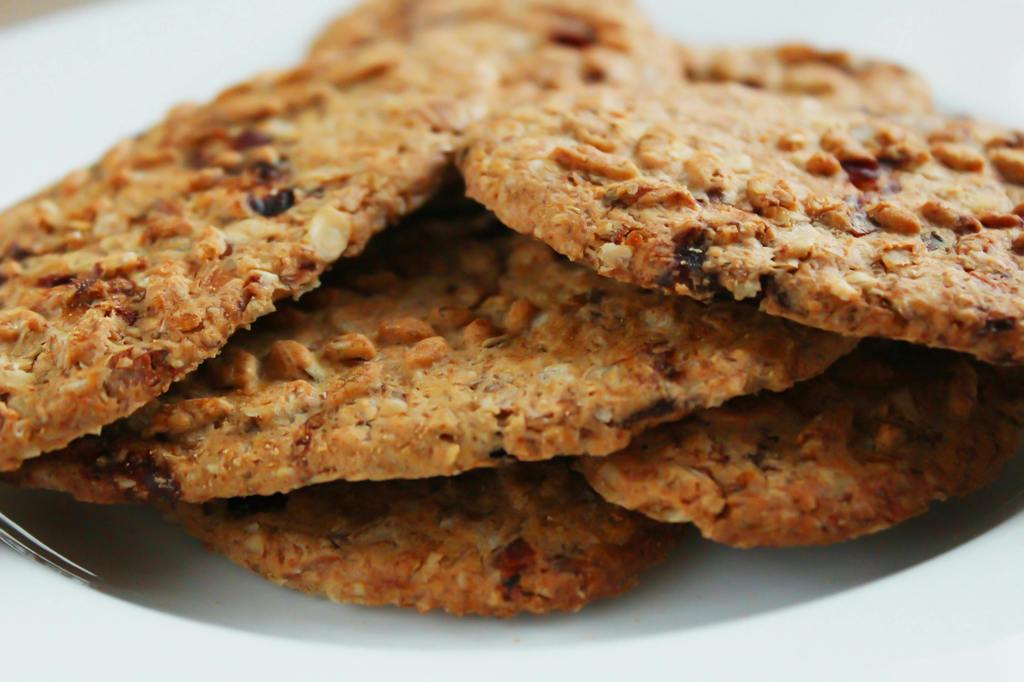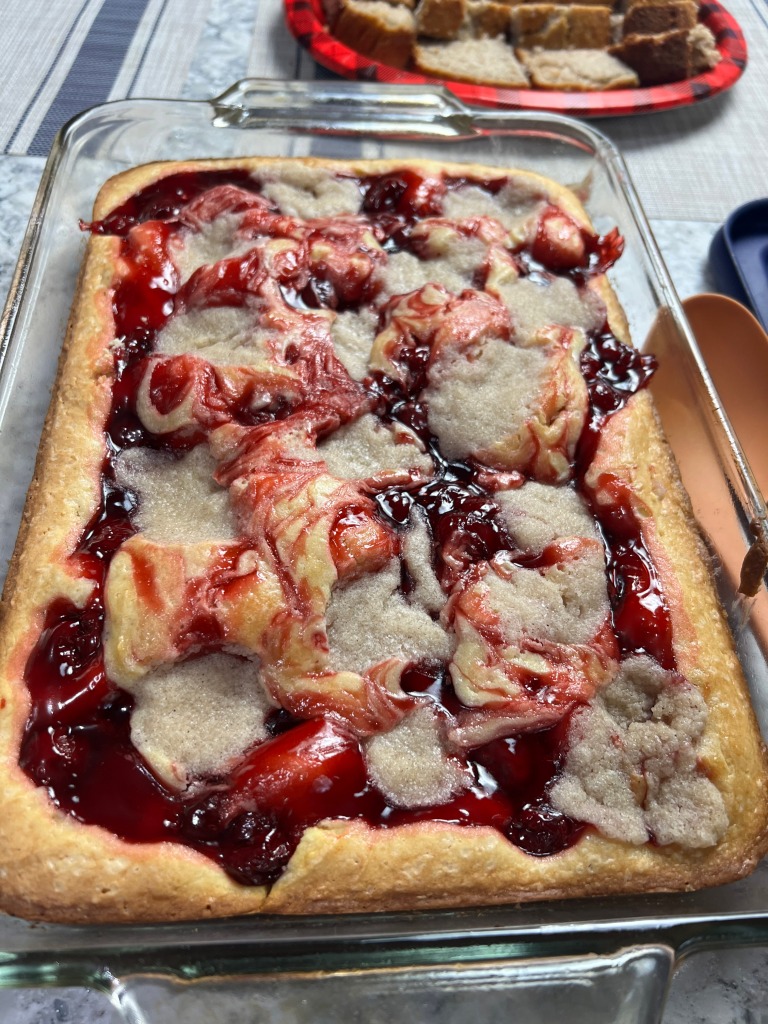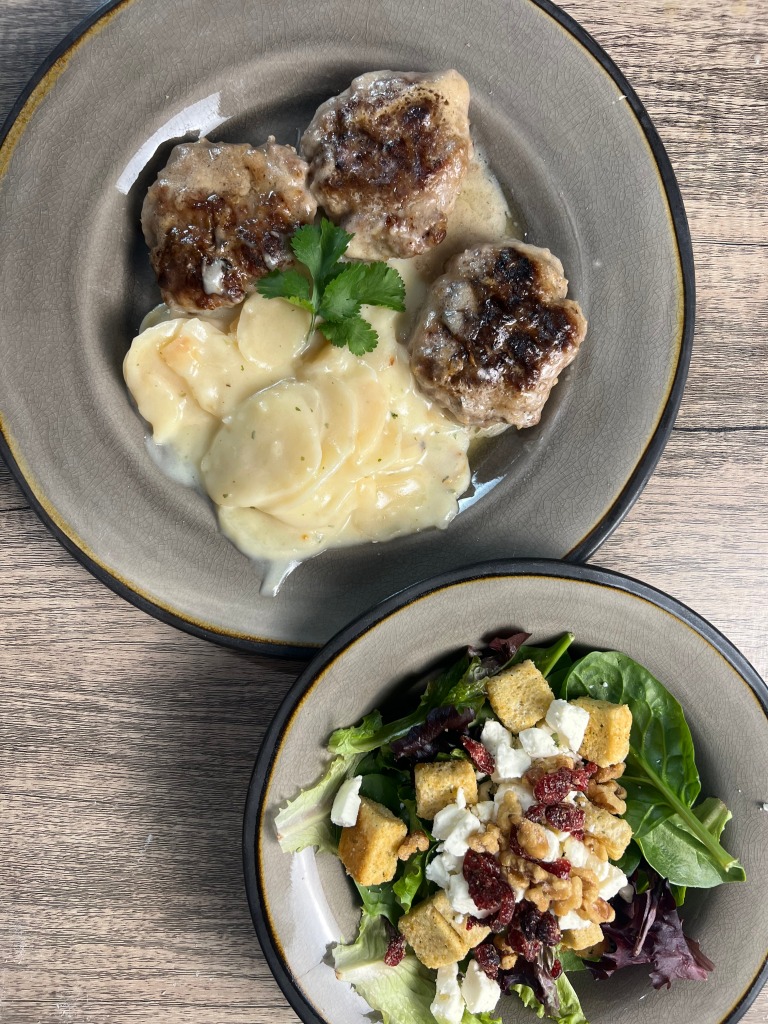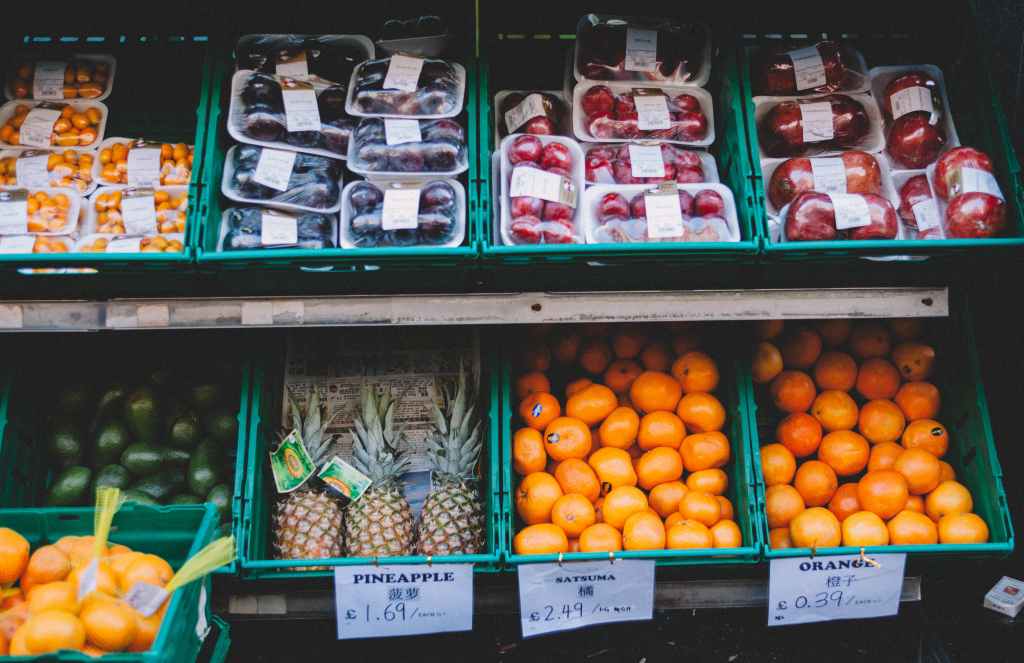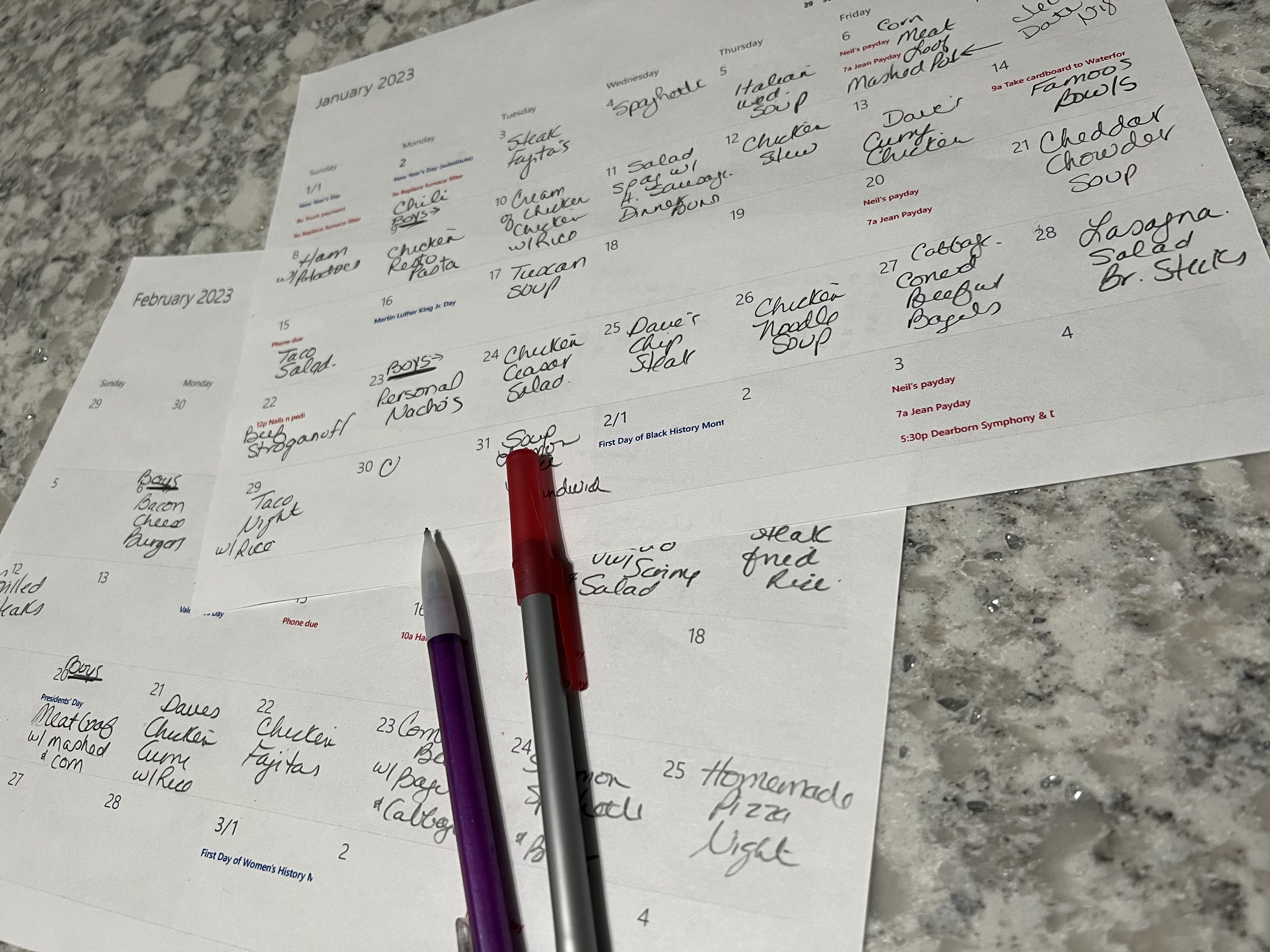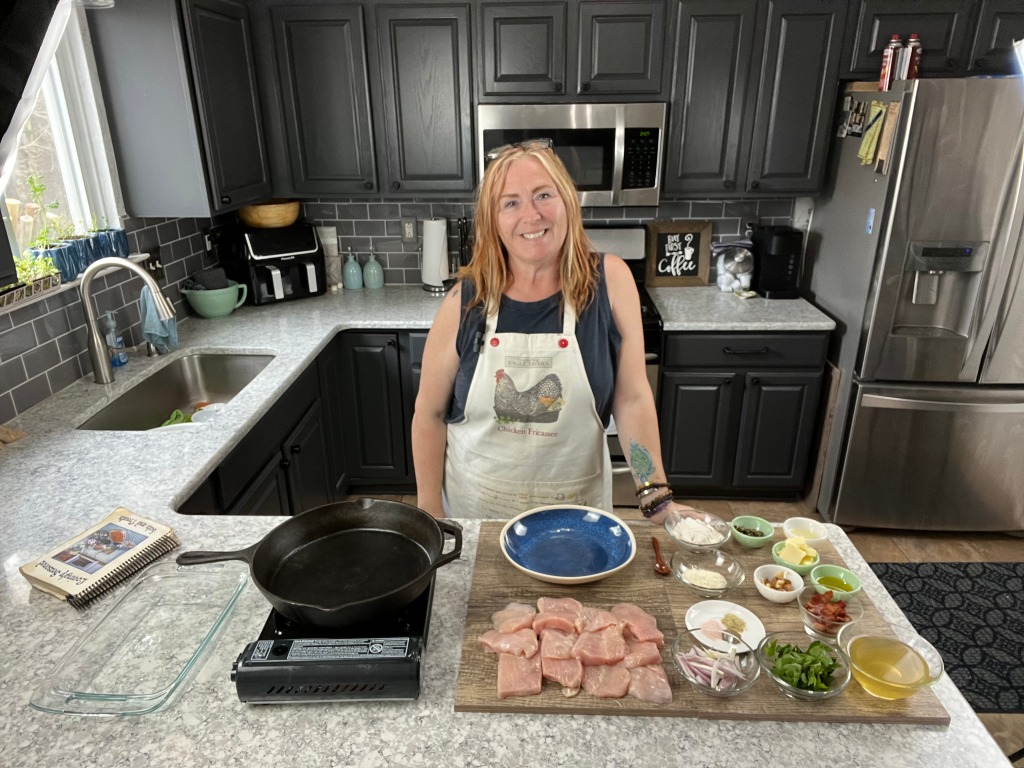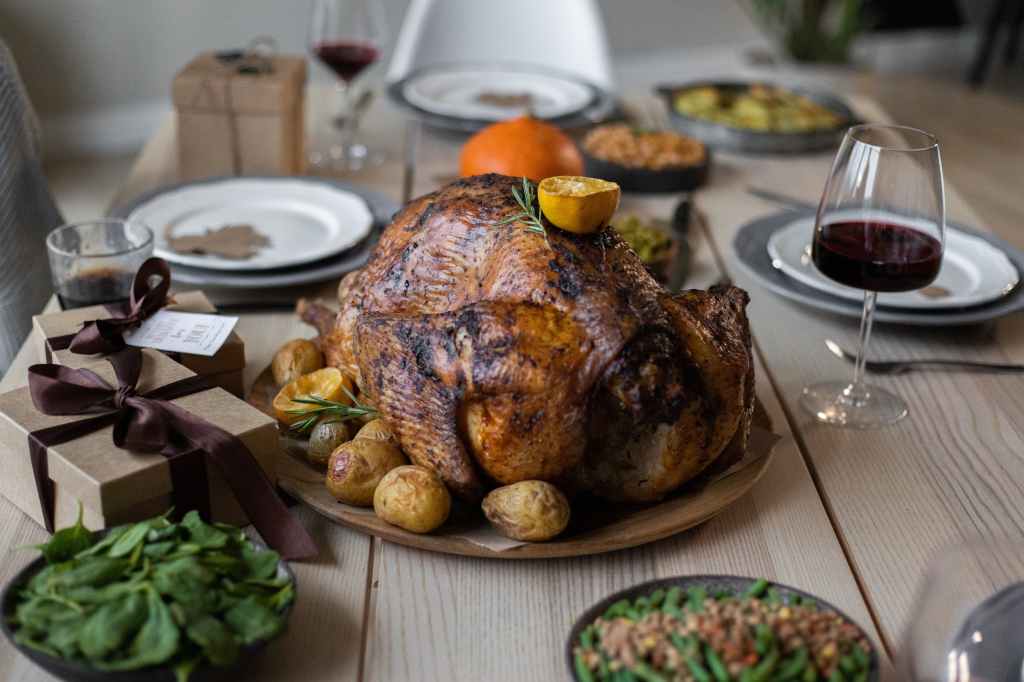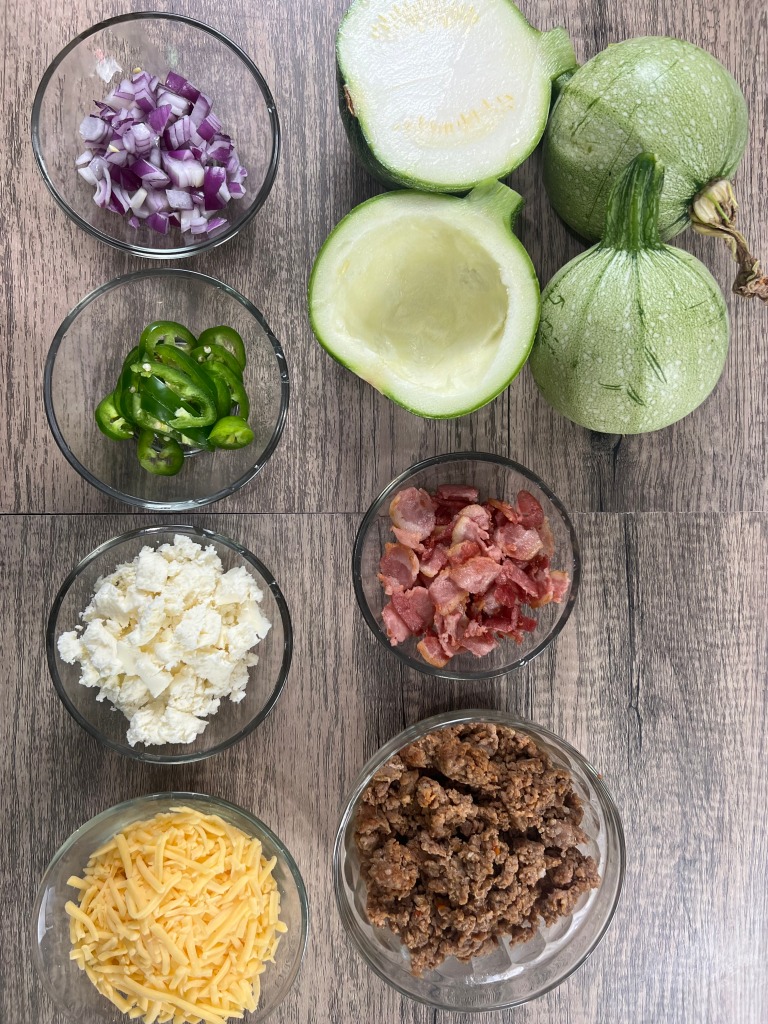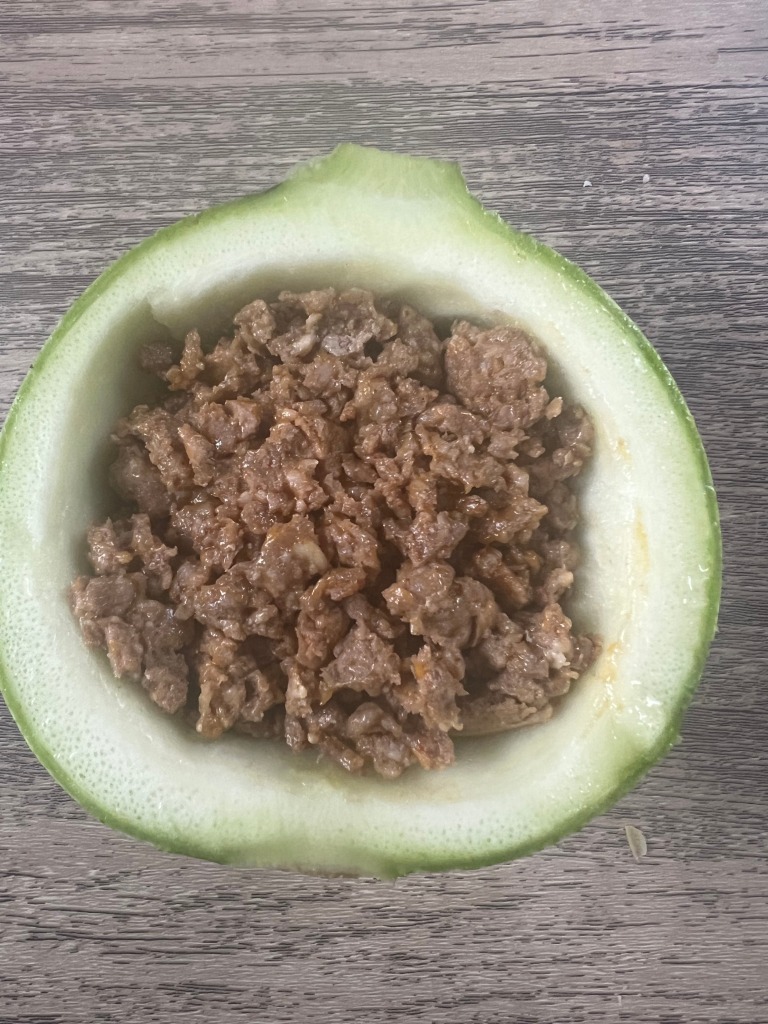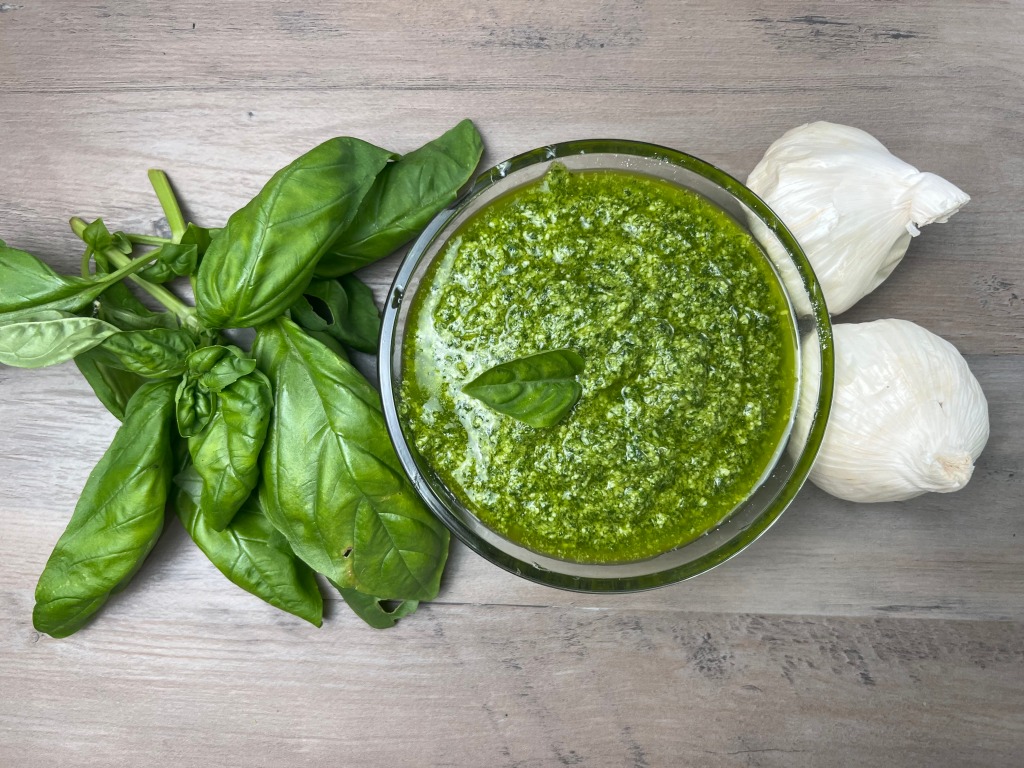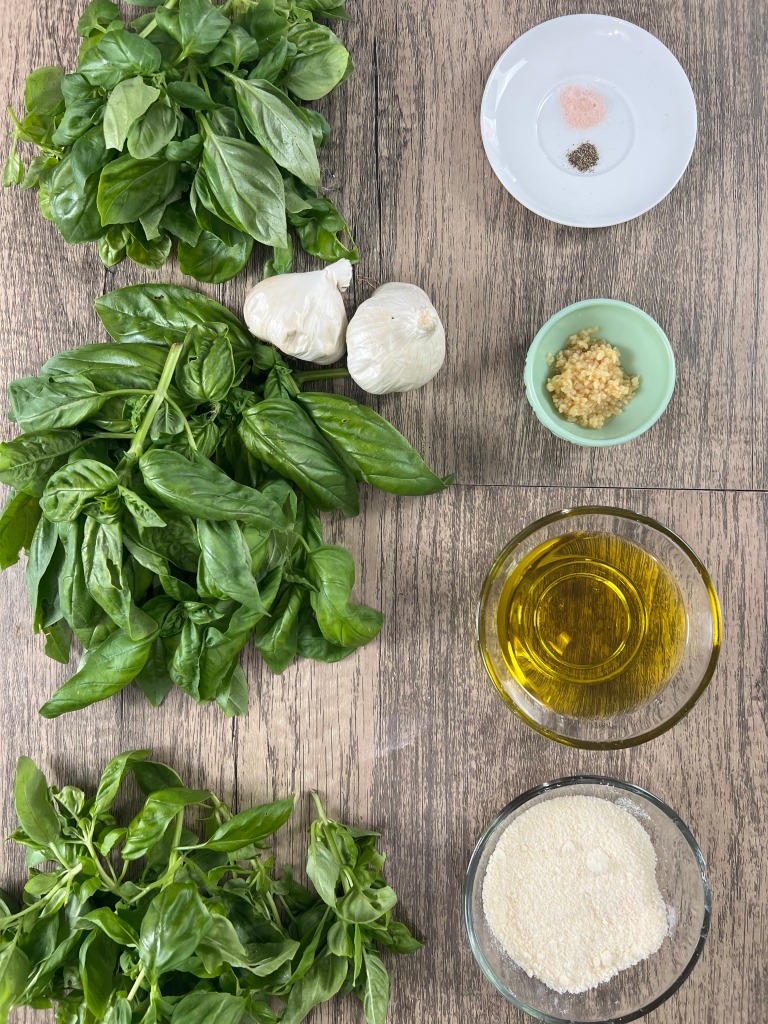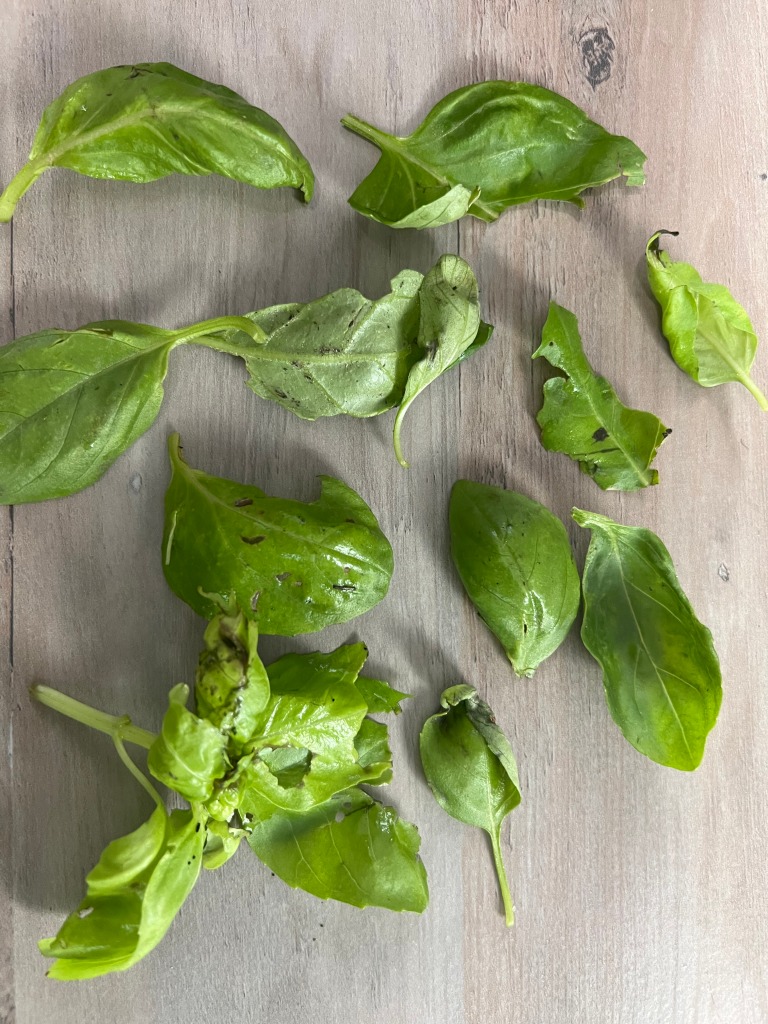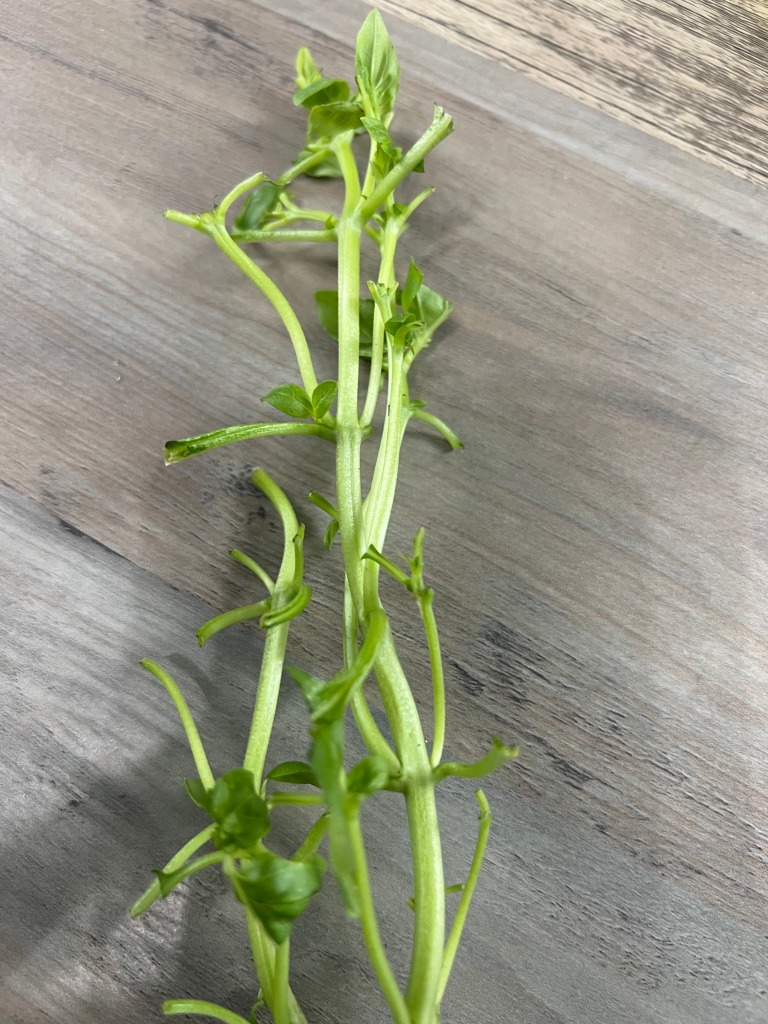
In yesterdays blog post I discussed what the difference between baking powder and baking soda is. Today’s let’s look at another puzzling question in the world of baking & cooking, the difference between liquid and solid measuring.
In the culinary realm, precision is key. Whether you are a seasoned chef or a passionate home cook, the importance of accurate measurements cannot be overstated. However, when it comes to measuring liquids and solids, there are certain nuances that often go unnoticed. Unlocking the secrets behind these differences can elevate your cooking and baking to a whole new level. So let’s dive in friends!
Importance of Accurate Measurements in Cooking
Before diving into the specifics of measuring liquids and solids, it’s essential to understand why accuracy matters in the kitchen. Cooking is a delicate balance of flavors and textures, and precise measurements ensure that you achieve the desired outcome. Whether you’re following a recipe or experimenting with your own creations, accurate measurements provide consistency. A slight variation in the amount of an ingredient can significantly alter the taste, texture, and overall success of a dish.
Accurate measurements also play a vital role in baking, where ingredients like flour, sugar, and leavening agents must be carefully balanced. Baking is a science, and even a small discrepancy in measurements can lead to flat cakes, dense breads, or cookies that spread too much. By understanding the differences in measuring liquids and solids, you can avoid these pitfalls and create culinary masterpieces with confidence.
Measuring Liquids in the Kitchen

Join the list
Join hundreds of our subscribers and be the first to know about new content and special offers.
When it comes to measuring liquids, volume is the primary consideration. Using the right tools and techniques ensures accuracy in your measurements. The most common tool for measuring liquids is the liquid measuring cup, which typically comes in sizes ranging from one cup to four cups. These cups have clear markings on the side, indicating the volume of liquid they hold.
To measure liquids accurately, start by placing the measuring cup on a flat surface. Pour the liquid into the cup, filling it to the desired marking. It’s important to bend down to eye level with the cup to ensure the accuracy of the measurement. The liquid should be level with the marking on the cup, without any air bubbles or excess liquid.
Another useful tool for measuring smaller quantities of liquid is the measuring spoon. Measuring spoons come in various sizes, typically ranging from 1/8 teaspoon to 1 tablespoon. These spoons are especially handy when working with ingredients like vanilla extract or lemon juice, where precision is crucial.
To measure liquids using a measuring spoon, hold the spoon over the liquid container and pour the liquid until it reaches the brim of the spoon. Use a knife or spatula to level off any excess liquid, ensuring an accurate measurement. Measuring spoons are also useful for measuring smaller amounts of liquid in a recipe that calls for a specific quantity.

Different Types of Liquid Measuring Tools
While liquid measuring cups and spoons are the most common tools for measuring liquids, there are a few other options available. One alternative is the glass or graduated cylinder, which is often used in professional kitchens or laboratories. Graduated cylinders provide more precise measurements for liquids, especially when dealing with smaller quantities.
Another tool worth mentioning is the digital liquid measuring scale. This scale is designed specifically for measuring liquids and provides accurate measurements in fluid ounces or milliliters. It is particularly helpful when working with recipes that require precise liquid measurements, such as cocktails or scientific experiments.
Tips for Measuring Liquids Accurately
To ensure accurate measurements when working with liquids, consider the following tips:
- Use a liquid measuring cup with clear markings and pour the liquid to the appropriate level, bending down to eye level for accuracy.
- When working with small quantities of liquid, use measuring spoons and level off any excess liquid with a knife or spatula.
- For more precise measurements, consider using a glass or graduated cylinder, or a digital liquid measuring scale.
- Avoid measuring liquids in opaque or dark-colored containers, as it can be challenging to see the level accurately.
- Take note of the temperature of the liquid, as it can affect the volume. Some recipes may require adjustments if the liquid is too hot or too cold.
By following these tips, you can measure liquids with precision and confidence, ensuring consistent results in your cooking and baking endeavors.
Measuring Solids in the Kitchen

Unlike liquids, solids are measured by weight rather than volume. This is because the density of solid ingredients can vary significantly, making volume measurements less accurate. When measuring solids like flour, sugar, or vegetables, using a digital kitchen scale is essential for precise measurements.
A digital kitchen scale allows you to measure ingredients in grams or ounces, providing a more accurate representation of the ingredient’s weight. This is particularly important when it comes to ingredients like flour, where even a slight variation in weight can affect the texture and structure of baked goods.
To measure solids accurately, place a container on the scale and press the “tare” or “zero” button to reset the scale to zero. This ensures that the weight of the container is not included in the final measurement. Add the solid ingredient to the container until you reach the desired weight, as specified in the recipe. The digital scale will display the weight in real-time, allowing you to adjust as needed.
Different Types of Solid Measuring Tools
While a digital kitchen scale is the preferred method for measuring solids, there are a few other tools that can be useful in certain situations. One such tool is the measuring cup for dry ingredients, which is designed specifically for measuring bulkier solids like flour, sugar, or rice. These cups have a flat edge, allowing you to level off the excess with a straight-edged utensil.
Measuring spoons can also be used for measuring solids, especially when dealing with smaller quantities. However, it’s important to note that measuring spoons are most accurate when measuring denser ingredients like salt or baking powder, rather than lighter ingredients like flour.
Tips for Measuring Solids Accurately
To ensure accurate measurements when working with solids, consider the following tips:
- Use a digital kitchen scale for precise measurements, especially when dealing with ingredients like flour, sugar, or butter.
- Place a container on the scale and reset it to zero before adding the solid ingredient. This ensures that the weight of the container is not included in the final measurement.
- When using a measuring cup for dry ingredients, spoon the ingredient into the cup and level off the excess with a straight-edged utensil.
- Be mindful of the density of the solid ingredient. A cup of flour, for example, can vary significantly in weight depending on how it is packed.
- When measuring smaller quantities of solids, use measuring spoons and ensure that the ingredient is level with the brim of the spoon.
By following these tips, you can measure solids accurately, ensuring consistent results in your cooking and baking endeavors.
Common Mistakes to Avoid When Measuring Liquids and Solids
While understanding the differences in measuring liquids and solids is crucial, it’s equally important to be aware of common mistakes that can compromise the accuracy of your measurements. Here are a few pitfalls to avoid:
- Using the wrong measuring tool: Using a liquid measuring cup for solids or vice versa can lead to inaccurate measurements. Make sure to use the appropriate tool for each type of ingredient.
- Estimating measurements: Eyeballing measurements instead of using precise tools can lead to inconsistency in your recipes. Always use a measuring tool to ensure accuracy.
- Not leveling off: When measuring solids using a measuring cup or spoon, it’s essential to level off the excess to achieve an accurate measurement. Skipping this step can result in too much or too little of the ingredient.
- Measuring on an uneven surface: Placing your measuring cup or spoon on an uneven surface can throw off your measurements. Always ensure a flat and stable surface for accurate results.
- Ignoring ingredient density: Understanding the density of different ingredients can help you make more accurate measurements. Keep in mind that a cup of flour will weigh differently than a cup of sugar.
By avoiding these common mistakes, you can ensure that your measurements are precise and consistent, ultimately enhancing the quality of your culinary creations.

Converting Between Liquid and Solid Measurements
In some cases, you may need to convert between liquid and solid measurements. While this can seem daunting, it’s a relatively straightforward process once you understand the basic principles. Here are a few tips to help you convert between the two:
- Use a conversion chart: Many online resources provide conversion charts that allow you to convert between liquid and solid measurements. These charts typically list common ingredients and their equivalent measurements in both volume and weight.
- Understand ingredient density: Different ingredients have different densities, meaning that a cup of one ingredient may weigh more or less than a cup of another ingredient. By understanding the density of the ingredient you’re working with, you can make more accurate conversions.
- Be mindful of accuracy: When converting between liquid and solid measurements, it’s important to remember that slight variations can occur due to factors like ingredient density and packing methods. While conversions provide a good starting point, it’s always best to rely on precise measurements for the most accurate results.
By keeping these tips in mind, you can confidently convert between liquid and solid measurements, allowing you to adapt recipes and experiment with different ingredients.
Mastering the Art of Measuring in the Kitchen
Unlocking the secrets behind measuring liquids and solids is an essential skill for any aspiring cook or baker. By understanding the differences in measuring methods, utilizing the right tools, and avoiding common mistakes, you can achieve precise and consistent results in your culinary endeavors.
Remember, accuracy matters in cooking and baking. Whether you’re measuring liquids or solids, taking the time to ensure precise measurements will elevate your dishes to new heights. So, embrace the secrets of the kitchen, unlock the potential of your ingredients, and embark on a journey of culinary excellence. Cheers to precise measurements and delicious creations!
If you enjoyed this blog , please LIKE, Follow, Share & leave me a comment! I love your feedback!
If you aren’t following me on Facebook & Instagram, go on over & give a LIKE & Follow me for daily tips & tricks for your home & garden!
Remember to eat fresh, shop local, & have a happy day,
Jean
Copyright Policy
All text and images on this site are copyright of For Dragonflies And Me. Unless otherwise noted, you may not use this content
This post may contain affiliate links. If you choose to purchase through an affiliate link, I may receive a small commission at no additional cost to you. You can see my full disclaimer here.





